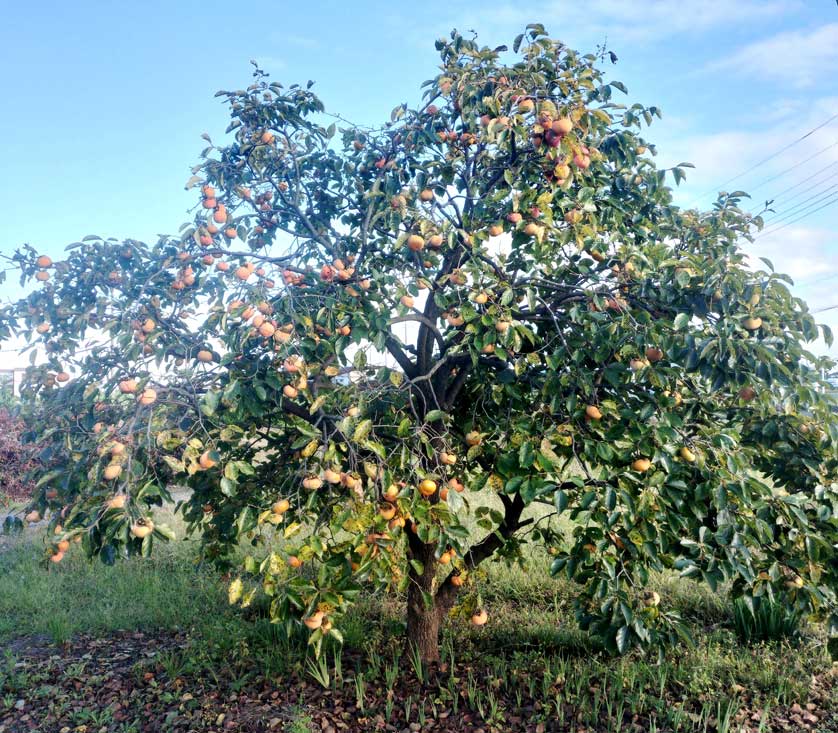So, it's Friday evening and the rain has not stopped for more than 24 hours. But now the winds pick up. But first, a little about the rain. Its difficult to convey just how rainy it was, but maybe a comparison will help. When I got back home I checked the weather data for the nearest data point to me, just a few k away. On Friday and Saturday 870mm of rain fell on me. Now the area of japan I live in is known as being particularly rainy, and Japan is the rainiest temperate country, and 870mm is 6 months rainfall where I live!!
For those of you who live in Britain, my hometown of Coventry, and Cornwall where I used to live, 870mm is a whole years rainfall!!
Somewhere like the San Francisco bay Area, 870mm is 3 years rainfall!!!
So thats what i mean when I said it was raining heavily, but now the winds started to pick up. The rain was coming almost horizontally, so I quickly zipped myself into my bivvy sack, a waterproof mummy bag in which I have slept out in the rain before. I turn and put my back to the wind, but it doesnt help much as the wind comes at me from all directions.
This went on all night.
I did catch some catnaps, but was woken by the rain lashing my face. Several times the rain hit with such force that even through the bivvy sack it felt like pin pricks on my back.
So what to do in such a situation? Nothing!
Doing nothing is a rare skill.
I used to do a lot of long distance hitch-hiking, and on more than one occasion I have stood in one spot by the side of the road for more than 24 hours.
I used to do a lot of solo desert hiking, and in the winter when the sun goes down the temperature drops dramatically, so you crawl into the sleeping back at 5:30 and dont get out till 7 next morning.
This is how you learn to be comfortable doing nothing.
In between doing nothing I soak up the experience. I am IN the typhoon. The typhoon dominates all my senses. I am privileged to feel awe, something rare I believe in the modern world. And implicit in awe is humility.
Across the road is a small cemetery with some big trees, not the straight perpendicular kind, but curvy, gnarly, "round " trees. The winds are making it dance. It twists one way and then another, like seaweed in the tide, and incredibly it doesnt break, or snap. Natures engineering is remarkable.
Several people have commented that I must be brave, but actually not at all. Bravery is when you do something even though you have fear. I had no fear. What was there to fear? The typhoon would eventually pass, all I had to do was wait. Dangers of typhoons include falling trees, but there were none big enough or close enough to fall on me, and anyway the concrete roof I was under was a damn sight stronger that most flimsy japanese houses. I was nowhere near where a landslide could reach me, and though the river was nearby and roaring the village is far enough above the banks that a flood is most unlikely.
And so the night past and a dark grey day began, but the storm raged as before. I start to shiver. Though my bivvy sack is waterproof, my clothes are soaking wet.... condensation and sweat.
Around ten a car stops. 2 prefectural workers who drive the roads looking for falling limbs, rocks etc that fall on the road. They ask me if I have been here all night. I ask if there is any buses nearby, or trains, but they tell me nothing is running because of the typhoon.
They make a few phonecalls and then tell me that someone is coming to get me.....
20 minutes later the little village fire engine turn up from 500 meters away. Im a little embarrassed as I am not in need of rescuing. I ask the fireman where we are going and he tells me to the school 300 meters away. The driveway up to the school is a river.
The school is closed, but the gymnasium is still used for village events and clubs, and one of the rooms off the main hall is set up for henro. Blankets, cushions, a sink and a single ring stove. out on the porch a washing machine. I had read that the village offered free camping in the school grounds for walking henro, but apparently they also put people up in this room.
I dry myself off and wolf down 4 rice balls they have brought me. The typhoon is still raging outside, but from inside it seems unreal.
Im exhausted as I have hardly slept the past 2 nights, and I promptly crash out, waking a few hours later when Im brought some dinner and breakfast for tomorrow.
This is the "rest hut" where I spent 22 hours.....................




















